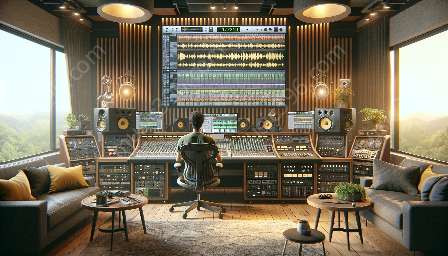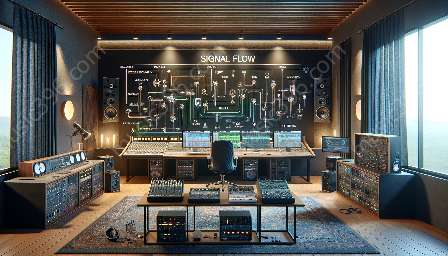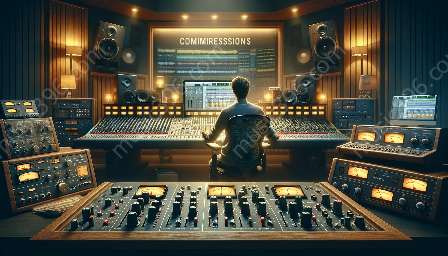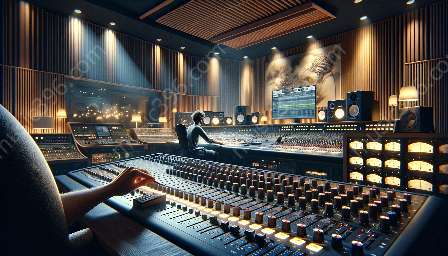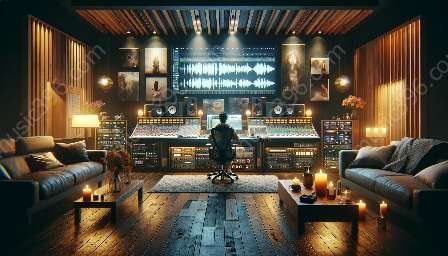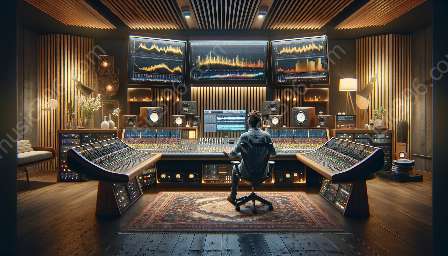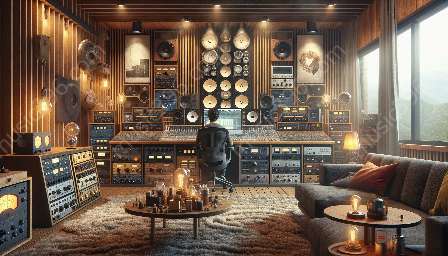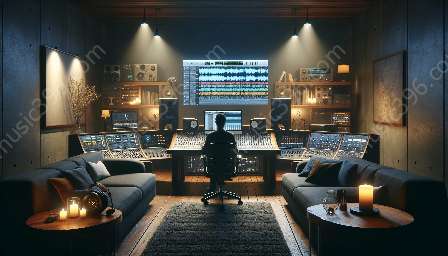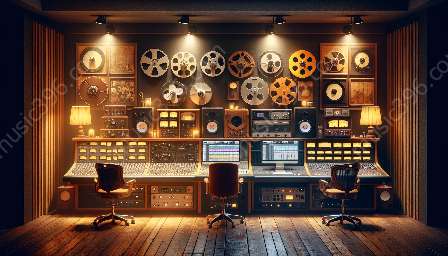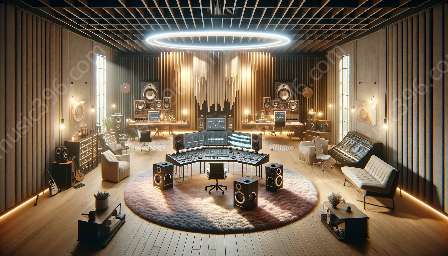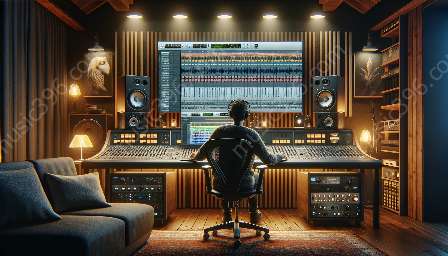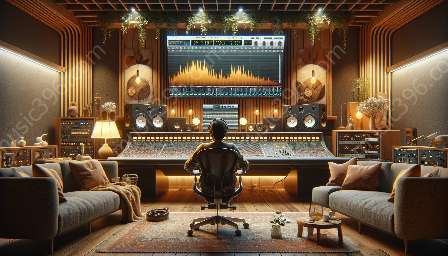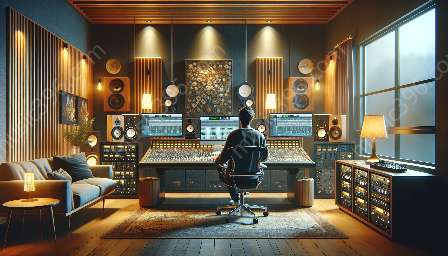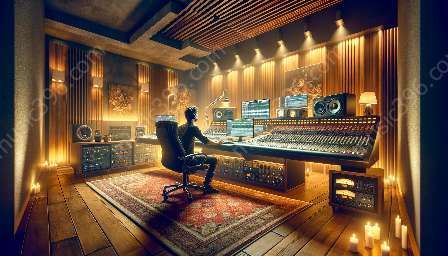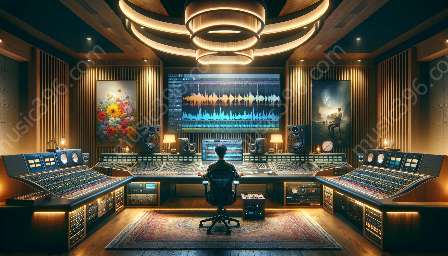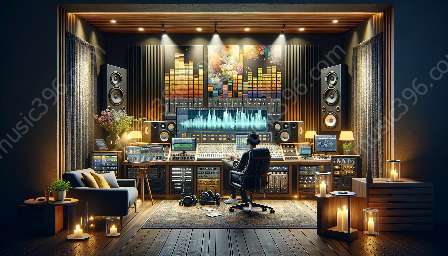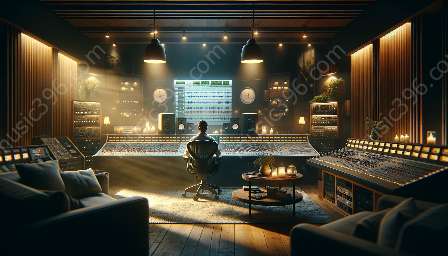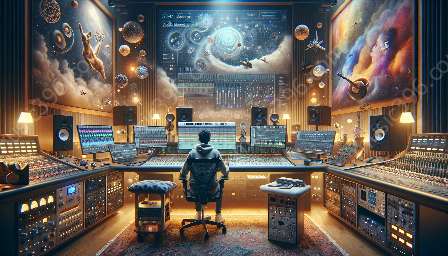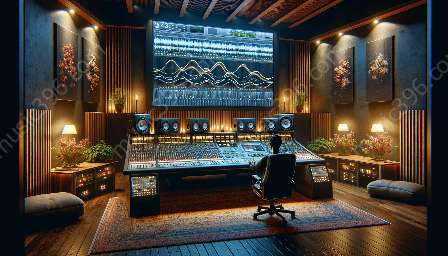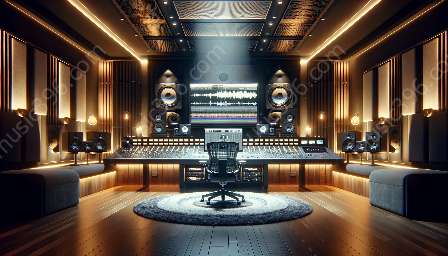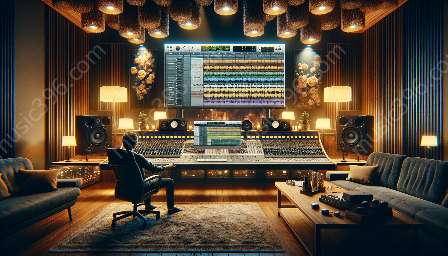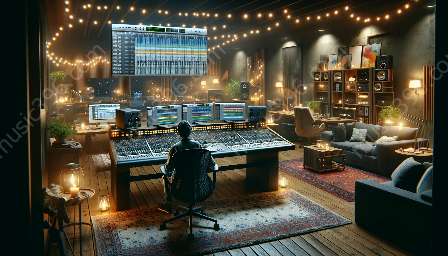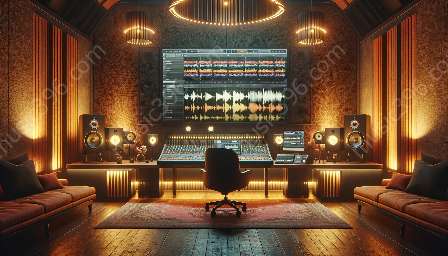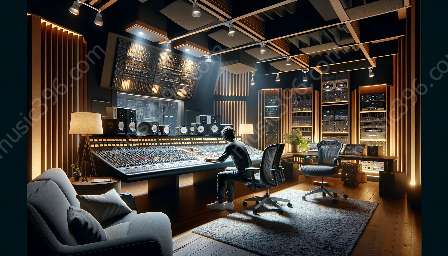Are you ready to delve into the world of interactive and immersive sound experiences? In this comprehensive guide, we'll explore the powerful impact of reverb and delay techniques on audio production. From understanding the basics to mastering advanced applications, you'll gain valuable insights into creating captivating sonic environments. Whether you're a seasoned audio professional or a curious enthusiast, join us on a journey through the art of sound manipulation.
The Fundamentals: Reverb and Delay Explained
To comprehend the essence of reverb and delay, it's essential to grasp their individual characteristics and applications.
Understanding Reverb
Reverb, short for reverberation, simulates the reflection of sound in an acoustic space. This effect adds depth, realism, and dimension to audio recordings, creating the illusion of a live performance or a specific environment.
Exploring Delay
Delay, on the other hand, involves the repetition of an audio signal after a specified time interval. This technique can be used to create echoes, rhythmic patterns, and spatial illusions, adding a unique flavor to soundscapes.
Crafting Immersive Soundscapes
Now that we've established the groundwork, let's delve into the process of crafting interactive and immersive sound experiences through reverb and delay.
Spatial Placement
The strategic placement of reverb and delay effects can transform a two-dimensional sound into a three-dimensional sonic landscape. By manipulating the parameters of these effects, you can position sound elements within a virtual space, enhancing the overall perception of depth and distance.
Artistic Expression
Beyond technical considerations, reverb and delay serve as creative tools for shaping the emotional impact of music and audio. From subtle ambiance to dramatic atmospheres, these effects allow for artistic expression and storytelling within a sonic framework.
Reverb and Delay Techniques in Audio Mixing & Mastering
When it comes to integrating reverb and delay into the audio production process, understanding their role in mixing and mastering is crucial.
Enhancing Depth and Cohesion
Reverb and delay can effectively glue individual elements of a mix together, creating a cohesive sonic palette. By applying these techniques strategically, you can achieve a sense of depth and spatial balance, elevating the overall sonic experience.
Mastering Spatialization
During the mastering phase, reverb and delay can be utilized to fine-tune the spatialization of the mix. By crafting a sense of width, height, and depth, these effects contribute to a more immersive listening experience, allowing the music to envelop the listener in a captivating sonic environment.
Embracing Creativity and Innovation
In conclusion, the integration of reverb and delay techniques in audio production opens up a realm of creative possibilities. From shaping immersive soundscapes to enhancing the final mix, these effects have the power to captivate listeners and evoke emotional responses. Embrace the art of sound manipulation, and enrich your sonic creations with the captivating allure of interactive and immersive sound experiences.

